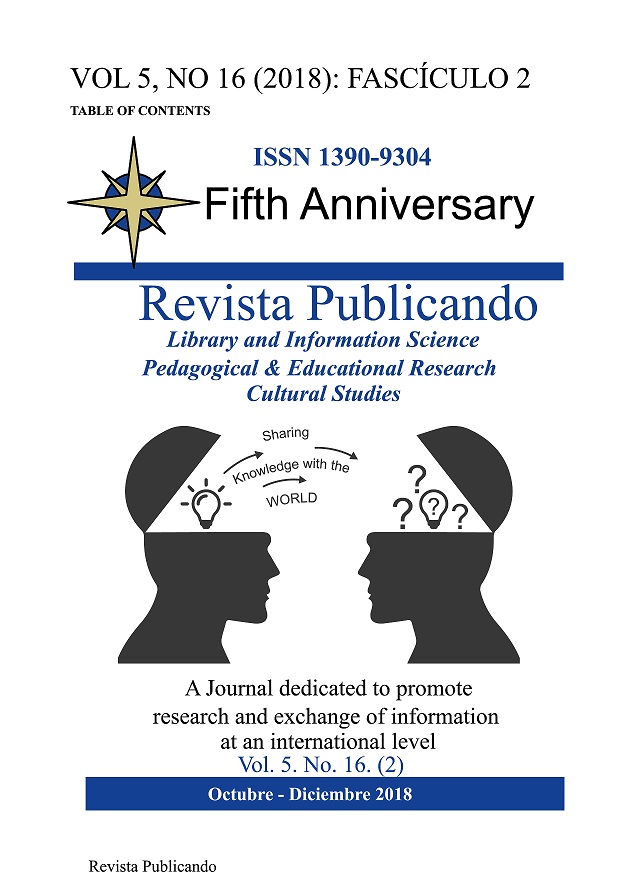Resumen
In order to solve managerial tasks related to the further development of small and medium-sized enterprises (SMEs), to provide them with the necessary assistance and support, as well as to improve their operations, there must be information on how SMEs are broken down in terms of headcount. The purpose of this study was to analyze the patterns and trends characterizing the differentiation of enterprises with different headcounts, as well as employees working in these enterprises. Official statistical information was used as input data. This study was based on an analysis of how much the enterprises with a particular headcount account for in the total number of enterprises and how much the employees working in such enterprises account for in the total workforce. It was demonstrated that the high quality of input data approximation is ensured by power and exponential monotonically decreasing functions. It was discovered that the segment of enterprises with a headcount of up to 250 people is predominated by those where there are maximum 5 employees. It was also discovered that during the period from 2010 to 2013 the proportion of such enterprises increased.
Referencias
Brandt S. Statistical and Computation Methods in Data Analysis. М.: MIR, 1975. 313 pages.
Gmurman V..Е. The theory of probabilities and mathematical statistics. М.: Vysshaya shkola, 2003. 479 pages
Demidenko Е.Z. Lineal and non-lineal regression. М.: Finances and statistics, 1981. 302 pages
Kokrenн U. Sampling methods. М.: Statistics, 1976. 89 pages.
Kremer N.Sh., Putko B.Ð. Econometrics. Ðœ.: YuNITI-DANA, 2002. 311 pages.
Paniotto V.I., Maksimenko V.S. Quantitative methods in sociological surveys. Kiev: Naukova dumka, 1982. 270 pages.
Pinkovetskaya Yu.S. Research into the headcount of small and medium-sized enterprises // Production organizer, 2012. № 4. Том 55. pages 103-107.
Pinkovetskaya Yu.S. The number of small businesses in Russia: analysis results// Region economy. 2009. â„– 2. pages 224-229.
Development strategy for small and medium businesses in Russia until 2030: Government”™s Ordinance dated 2 June 2016 No. 1083-r / Russian official gazette, 2016, â„– 24, article 3549.
R Sadykova, B Turlybekov, U Kanseitova, K Tulebayeva. (2018). Analysis of research on Foreign Language Translations of the Epopee «The Path of Abay » Opción, Año 33, No. 85 (2018): 362-373.
The Federal Service of State Statistics. Results of pilot works on forming business demography indicators. [Online source]. URL: http://www.gks.ru/free_doc/new_site/business/inst-preob/tab1.htm (date of reference: 22.04.2018).
The Federal Service of State Statistics. [Online source]. URL: http://www.gks.ru/bgd/regl/b15_14p/Main.htm (date of reference: 14.04.2018).
Acs Z. J., Desai S., Hessels J. Entrepreneurship, economic development and institutions // Small Business Economics. 2008. Issue: 31. pp. 219-234.
Bakhtizin R., Evtushenko E., Burenina I., Gaisina L., Sagitov S. Methodical approach to design of system of the logistic centers and wholesale warehouses at the regional level // Journal of Advanced Research in Law and Economics. 2016. 1(15). pp. 16 – 25.
Baumol W. J. Entrepreneurial enterprises, large established firms and other components of the free-market growth machine // Small Business Economics. 2004. Issue: 23. pp. 9-21.
Draper N.R., Smith H. Applied Regression Analysis. 3rd Edition. John Wiley & Sons, Inc., 1998. 736 p.
JVV Antúnez (2016). Ciencia y Tecnología para la libertad. Opción 32 (79), 7-9
Edoho F. M. Entrepreneurship paradigm in the new millennium: A critique of public policy on entrepreneurship // Journal of Entrepreneurship in Emerging Economies. 2016. Issue: 8(2). P. 279-294.
Gaisina L.M., Bakhtizin R.N., Mikhaylovskaya I.M., Khairullina N.G., Belonozhko M.L. Social technologies as an instrument for the modernization of social space in the social and labor sphere // Biosciences Biotechnology Research Asia. 2015. Т. 12. № 3. С. 2947-2958.
Gaisina L.M., Belonozhko M.L, Tkacheva N.A., Abdrakhmanov N. Kh, Grogulenko N.V. Principles and methods of synergy modeling of management system at oil and gas sector”™s enterprises // Espacios, 2017, Vol. 38 (N º 33).
Gaisina L.M., Maier V.V., Abdrakhmanov N. Kh, Sultanova E.A., Belonozhko M.L. Deliberate reorganization of the system of social relations in oil and gas companies in the period of changes in economics // Espacios, 2017, Vol. 38 (N º 48).
JVV Antúnez (2016). EDITORIAL PEDAGOG í A DE LA BIOí‰TICA. Opción 32 (12).
International Labour Conference, 104th Session. Report IV Small and medium-sized enterprises and decent and productive employment creation. Geneva : International Labour Office (ILO), 2015. 84 p. [Ðлектронный реÑурÑ]: http://www.ilo.org/wcmsp5/groups/public/---ed_norm/---relconf/documents/meetingdocument/wcms_358294.pdf.
Rembeci G. SME”™s Performance Through Comparative Performance Indicators, Measured by Business Statistics - Albania Case // European Journal of Economics and Business Studies, 2017 Vol. 9, Nr. 1 pp. 361-370.
Senera S., Savrulb M., Aydın O. Structure of Small and Medium-Sized Enterprises in Turkey and Global Competitiveness Strategies // Procedia - Social and Behavioral Sciences Nr.150 (2014) pp. 212 – 221.
JVV Antúnez (2016). Hipótesis para un derecho alternativo desde la perspectiva latinoamericana. Opción 32 (13), 7-10.
Statistics Explained. Eurostat. Available at: http://ec.europa.eu/eurostat/statistics-explained/index.php?_EU. (accessed 20.04.2018).
Zhanar O., Lyazzat K., Gaukhar Z., Sanat S., Problems and development of railway sector services in the Republic Of Kazakhstan, Astra Salvensis - review of history and culture, No. 10, 2017, p. 443-449.
Ruzalina I. Shaikhutdinova, Tatyana A. Korneyeva, Tatyana D. MarkovaZero suffixation on synchrony and diachrony, Astra Salvensis - review of history and culture, No. 10, 2017, p. 465-470
Usted es libre de:
Compartir — copiar y redistribuir el material en cualquier medio o formato
Adaptar — remezclar, transformar y construir a partir del material
La licenciante no puede revocar estas libertades en tanto usted siga los términos de la licencia
Bajo los siguientes términos:
Atribución — Usted debe dar crédito de manera adecuada, brindar un enlace a la licencia, e indicar si se han realizado cambios. Puede hacerlo en cualquier forma razonable, pero no de forma tal que sugiera que usted o su uso tienen el apoyo de la licenciante.
NoComercial — Usted no puede hacer uso del material con propósitos comerciales.
CompartirIgual — Si remezcla, transforma o crea a partir del material, debe distribuir su contribución bajo la lamisma licencia del original.
